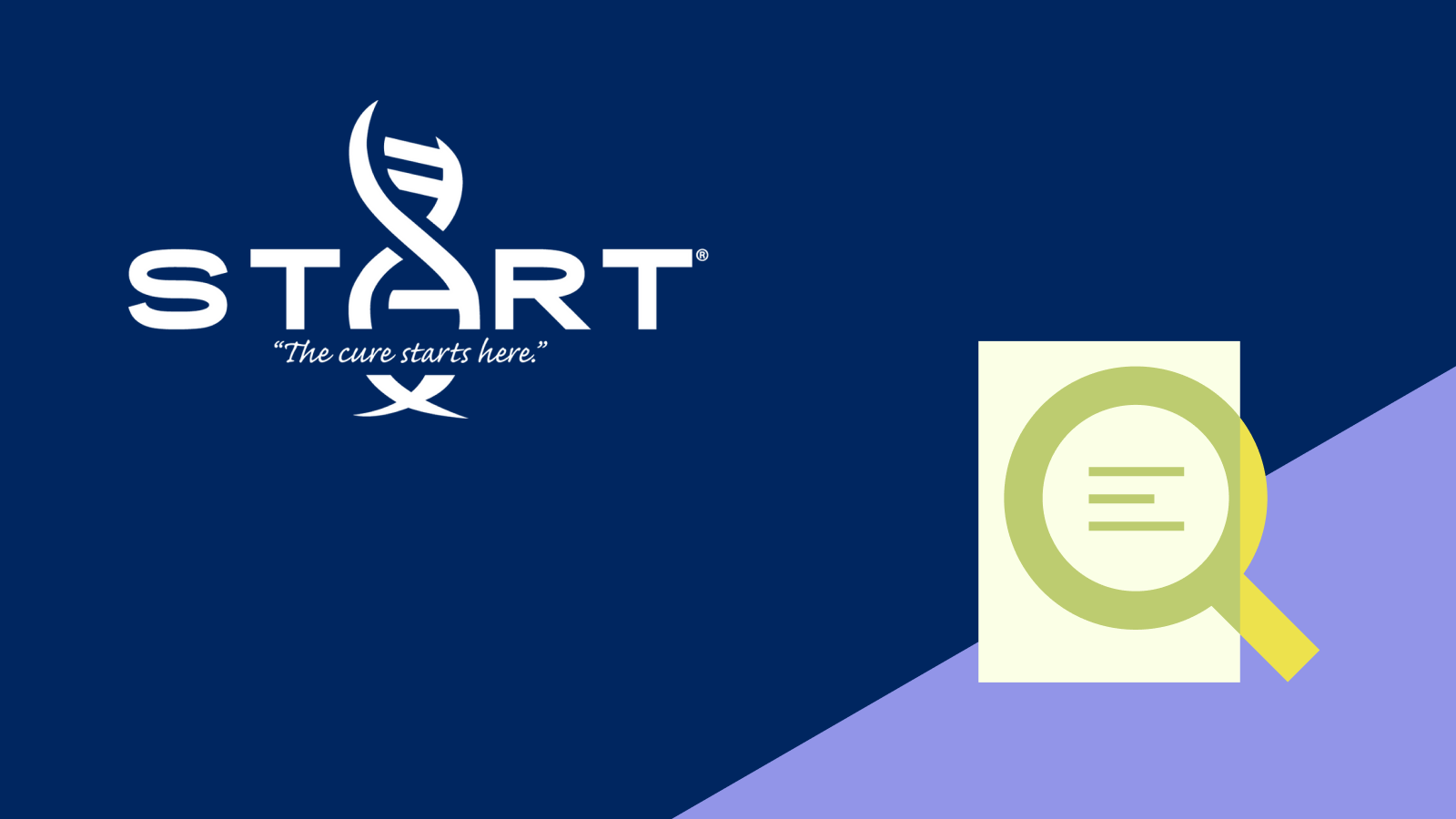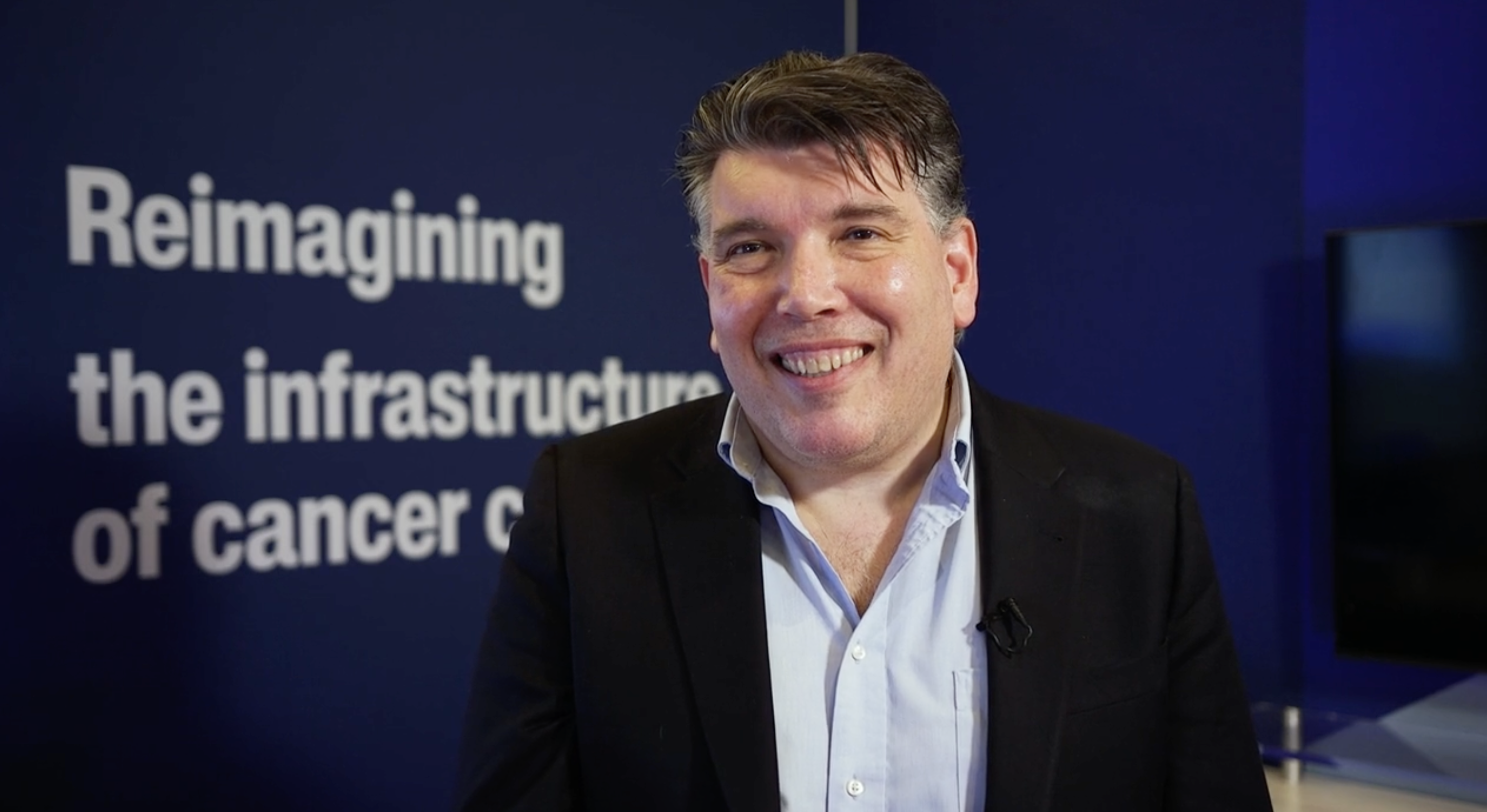For over two decades, the START Center for Cancer Care in San Antonio, Texas had been using the same electronic health record (EHR) system. But as the needs of their multidisciplinary oncology practice evolved their legacy EHR could no longer keep up.
It was clear the START Center needed a modern EHR built specifically for oncology and capable of enabling the latest advancements in cancer care and precision medicine. After extensively reviewing the oncology EHR market, they decided to evaluate one of the leading oncology-specific platforms - Flatiron Health's OncoEMR® paired with the Flatiron Assist™ clinical decision support tool.
"From the initial preview of OncoEMR with the demos and team, it was clearly designed for clinical oncology workflows by clinicians themselves - not a bolted-on product," said Travis Ryals, CIO at START Center. "We were very impressed with the ease of use, oncology-specific functionality, and how it was designed specifically for organizations like ourselves."
Ryals also noted the appeal of OncoEMR® being a cloud-based solution, allowing clinicians seamless access from any location. This aligned with their goal of implementing a progressive EHR platform that could nimbly adapt and scale as cancer care continues evolving.
Ultimately, the START Center opted to go with the integrated OncoEMR® and Flatiron Assist™ solution. Ryals discussed the key factors behind this decision and their expectations in this Q&A:
Flatiron: What challenges had your practice been facing that led you to evaluate a new EHR?
Ryals: We had been with our previous EHR for about 20 years. During that time, our practice had evolved greatly, as well as the cancer care EHR market. Unfortunately, our previous product could not evolve along with that. Some of the challenges we had were lacking the ability to track genomic models and native ordering and test results for genetic models, which is a significant part of cancer care today. We also had a lot of issues with the general EHR workflow. It involved a lot of clicks and didn't have protections for ordering drugs that weren't authorized, which was causing a lot of detrimental issues within the practice.
Flatiron: What were the primary factors that made you choose OncoEMR?
Ryals: We were looking for a progressive EHR program. What we were primarily looking for was a cloud-based program due to the nature of their change cycle. They tend to be much more forward-thinking and evolve quicker than on-premise solutions. We were also looking for something that was specifically oncology-based, as the oncology workflow is very different from a normal clinical workflow. OncoEMR worked very well for us along with having less clicks and an integrated clinical decision support tool.
Flatiron: What are some of the features of OncoEMR that you and your clinical team find most valuable?
Ryals: The workflow is very much designed around the clinician themselves. When they land on the Treatment page, they can see everything they need on one page, with very little clicking around. They can see a lot of the actions available that they need to treat their patients. It's very focused for them. As well as being cloud-based, we don't have to go through applications like Citrix to load the product. They can get to it from anywhere, whether they're in a hospital doing rounds or working from home. If a patient calls or is within the practice themselves, it gives us a lot of portability and ease of use for our clinical staff.
Flatiron: What were the key decision criteria that made you choose Flatiron Assist?
Ryals: Our previous EHR didn't have any decision support tools within it. Treatment regimens were hand-built and there was no NCCN Guideline import capability. Our pharmacy staff would have to go in and build those regimens, which required a lot of labor and effort. It ultimately led us to not have very standardized regimens within the system. Conversely, Flatiron Assist gave us a very deep library of NCCN treatment patterns and pathways, as well as the ability to customize and support our organization-specific pathways that set us up for the best results within our organization.
Flatiron: What specific challenges is your practice currently facing that you are looking to address by adopting Flatiron Assist for clinical decision support?
Ryals: Generally speaking, many of our oncologists are more general oncologists. They may not have a specialty, or they may get a patient that's not directly in their area of expertise. For them, having Flatiron Assist gives them the expertise of knowing the exact regimen that they should be choosing for that patient and what the best care plan is, without having to have a lot of specific, detailed knowledge of that particular cancer origin. This helps us provide better patient care and makes the practice more functional overall.
Flatiron: What are you looking forward to most post-implementation?
Ryals: The workflow changes are such a paradigm shift between our old EHR and OncoEMR and Flatiron Assist. I think it will be a new breath of fresh air for the organization. Everybody who has gone through the training is very excited about going live in a couple of weeks. It's going to be a night and day difference.
I think for the organization, as far as how we handle every aspect of the clinical workflow, it will allow us to be much more efficient. We'll need fewer resources for the same amount of patients, which ultimately is better for the organization, but we'll also be enabled to provide better patient care. Along the way, we will get better information to the patient and to the clinicians, and everything will just flow better through the system.




